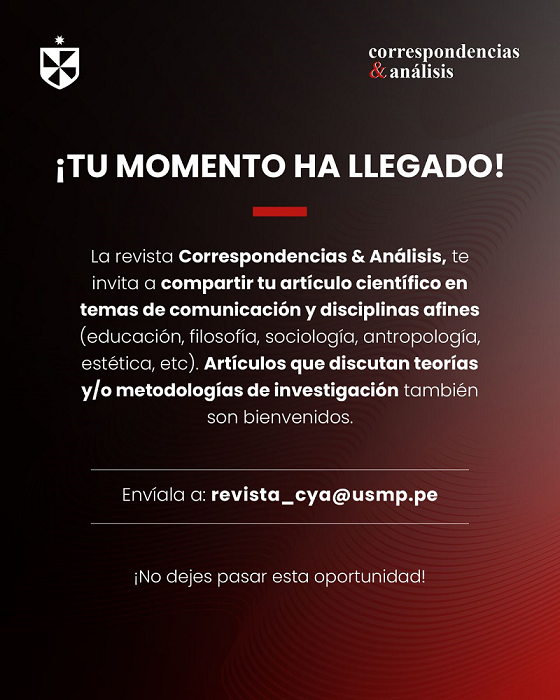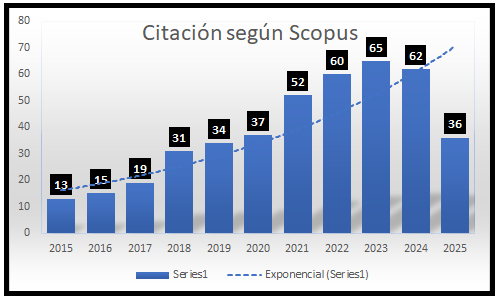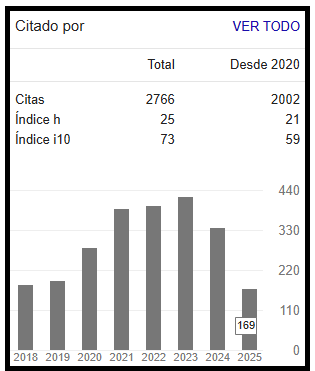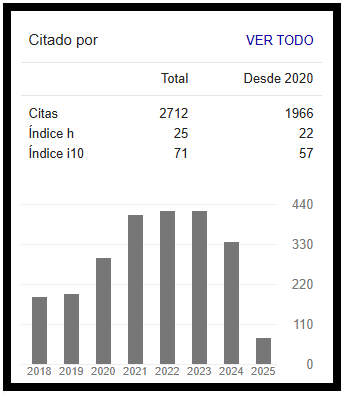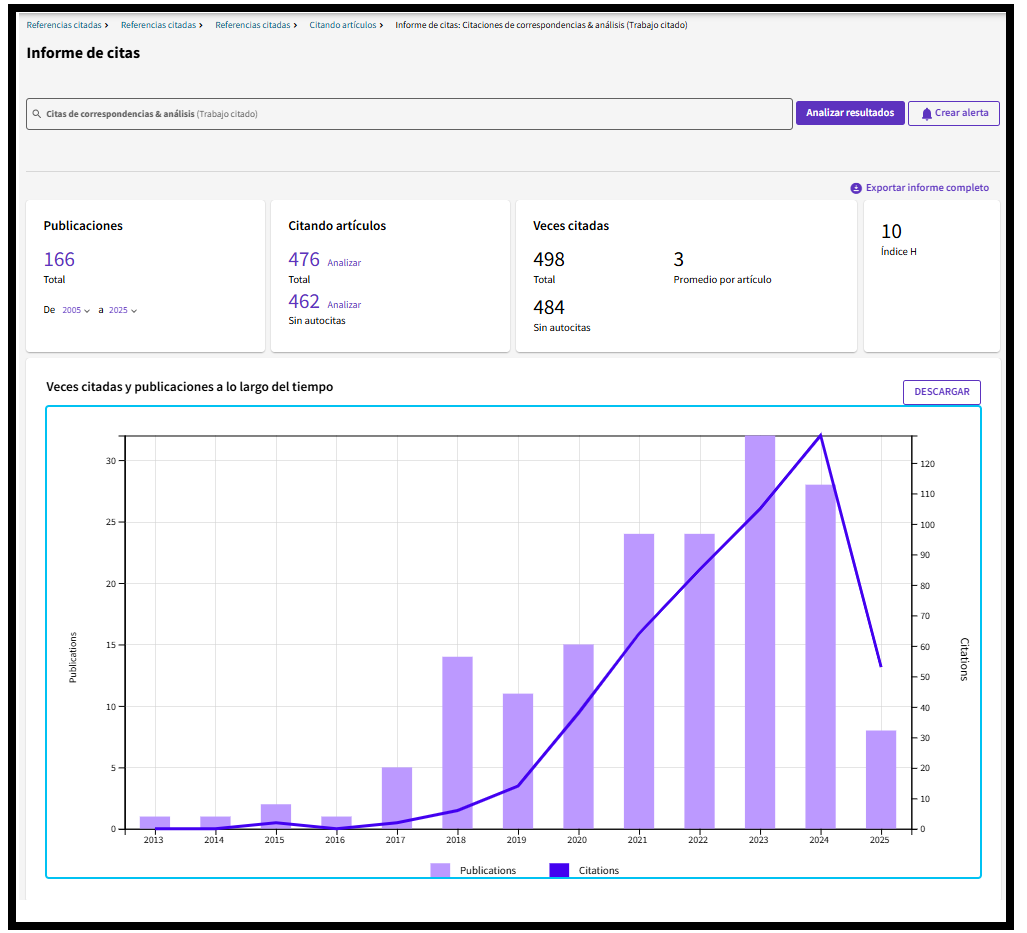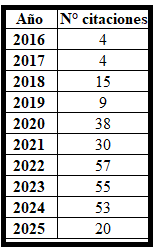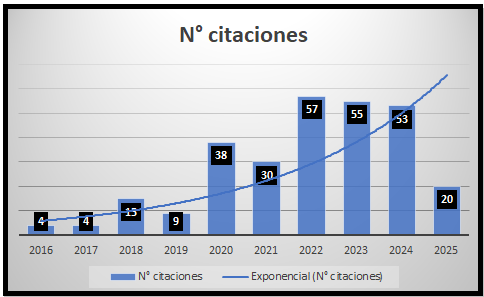Public Relations Interdisciplinary Teaching at Spanish and Mexican Universities. An exploratory study
DOI:
https://doi.org/10.24265/cian.2011.n1.06Keywords:
Public Relations, Syllabus, Interdisciplinary, European Higher Education, Mexico, SpainAbstract
This research analyzes the current educational models of Public Relations in Spain and Mexico. It also identifies the subjects of the curriculum designed for the teaching of Public Relations. It uses an exploratory sample of 11 universities with long experience and tradition studies of public relations and communications in Spain and Mexico. The study methodology is based on the content analysis of the training curriculum of undergraduate public relations. The results reveal that public relations in Spanish universities acquire presence (20%). On the other hand, its presence in Mexico is not as strong (14%) and lag behind marketing, economics, business and administration. The interdisciplinary courses represent 80% in Spain and 86% in Mexico. Among these, the presence varies: the social sciences make up 10% in Spanish universities and 14.8% in Mexico, philosophy and literature are the presence of 2% and 0.4% respectively.
Metrics
Downloads
References
Arceo, A. (2004). “Influencias histórico-profesionales en el concepto de Relaciones Públicas”, pp. 57-78. En Arceo, J. (ed.). Las Relaciones Públicas en España. Madrid: McGraw Hill.
Bonilla, C. (2004). Relaciones Públicas, factor de competitividad para empresas e instituciones. México D. F.: Continental.
Castillo, A y Xifra, J. (2006). “Investigación bibliométrica de las tesis doctorales sobre Relaciones Públicas (1965-2005)”. Anàlisi, quaderns de comunicación i cultural, 34, 141-161.
“Catálogo de carreras de licenciatura en Universidades y Tecnológicos” (2007). Extraída el 3/IX/2011. Asociación Nacional de Universidades e Instituciones de Educación Superior: http://www.anuies.mx
Commission on Public Relations Education (2006). The Professional Bond. Estados Unidos. Extraída el 3/IX/2011 desde http://www.commpred.org
Flores, M.; Roca, D. y Tena, D. (2010). “La congruencia profesional de las competencias específicas del grado en Publicidad y Relaciones Públicas de las universidades públicas de Cataluña”, pp. 54-65. En Cabezuelo, F. y Sierra, J. (coords.). Competencias y perfiles profesionales en los estudios de Ciencias de la Comunicación. Madrid: Fragua.
Fuentes, R. (2010). “Maestría en Comunicación en México: análisis comparativo de sus perfiles de producción y reproducción académica”. Comunicación y Sociedad, 14, 13-48.
Grunig, J. y Hunt, T. (2003). Dirección de Relaciones Públicas. Barcelona: Gestión 2000.
IPRA (1990). “Public Relations Education: recommendations and standards”. Gold Paper, 7. Londres.
L’Etang, J. (2009). Relaciones Públicas, conceptos, práctica y crítica. Madrid: UOCpress.
“Libro Blanco sobre títulos de grado en comunicación” (2005). Extraída el 3/IX/2011. Agencia Nacional de Evaluación de la Calidad y Acreditación: http://www.aneca.es
Long, R. (2004). “The other ‘New’ Mexico Public Relations Accelerates the Move to a Legitimate Democracy”, pp. 43-62. En Tilson, D. y Alozie, E. (eds.). Toward the Common Good: Perspectives International Public Relations. Estados Unidos: Pearson Education.
Magallón, S. (2004). “La educación universitaria de las Relaciones Públicas en España”, pp. 375-380. En Arceo, J. (coord.). Las relaciones públicas en España. Madrid: McGraw Hill.
Marques, G. (2009). “Public Relations in Portugal. An analysis of the profession through the undergraduate curriculum”. Public Relations Review, 35, 328-330.
Matilla, K; Hernández, S. y Losada, J. (2010). “La oferta formativa de Relaciones Públicas en los nuevos grados universitarios en España (2009-10)”. Red Académica Iberoamericana de Comunicación, 7, 124-159.
Molleda, J. (2001). “International Paradigms: the Latin American School of Public Relations”. Journalism Studies, 2(4) 513-530.
Noguero, A. (2004). “Principales acontecimientos en la evolución de las Relaciones Públicas en España”, pp. 337-357. En Arceo, J. (coord.). Las relaciones públicas en España. Madrid: McGraw Hill.
Olmedo, S.; Álvarez, A. y Ruiz, I. (2010). “Estudios de comunicación en el Espacio Europeo de Educación Superior (EEES). Nuevos contenidos, nuevos perfiles profesionales”, pp. 66-81. En Sierra, J. (coord.). Los estudios de Ciencias de la Comunicación en el EEES. Madrid: Fragua.
Pratt, C. y Ogbondah C. (1996). “International Public Relations Education: U.S. Issues and Perspective”, pp. 381-395. En Culbertson, H y Chen, N. (eds.). International Public Relations, a comparative analysis. New Jersey: Lawrence Erlbaum Associates.
Sriramesh, K., y Hornaman, L. B. (2006). “Public Relations as a profession, an análisis of curricular content in the United States”. Journal of Creative Communications, 1:2.
“¿Qué es la ACCECISO?” (2006). Extraída el 3/IX/2011. Asociación para la Acreditación y Certificación en Ciencias Sociales: http://www.acceciso.org.mx/esp/index.php
Wright, D. (1991). Current reflections about Public Relations Education in the United States. Presentado en el International Education Meeting. Toronto, Canadá.
Xifra, J. (2007). “Undergraduate public relations education in Spain: Endangered species?”. Public Relations Review, 33, 206-213.
Downloads
Published
Issue
Section
License
Copyright (c) 2011 Marco Tulio Flores Mayorga, David Roca Correa

This work is licensed under a Creative Commons Attribution 4.0 International License.
In case the manuscript is approved, the authors retain the copyright and assign to the journal the right to publish, edit, reproduce, distribute, display and communicate in the country of origin and abroad by means of print and electronic media in different databases.
In order for this procedure to be recorded, the author must fill out the following formats:
Format 1 - Author data Format.
Format 2 - Affidavit on originality and authorization for the publication of articles Format.
Format 3 - Open Science Compliance.








2.png)


